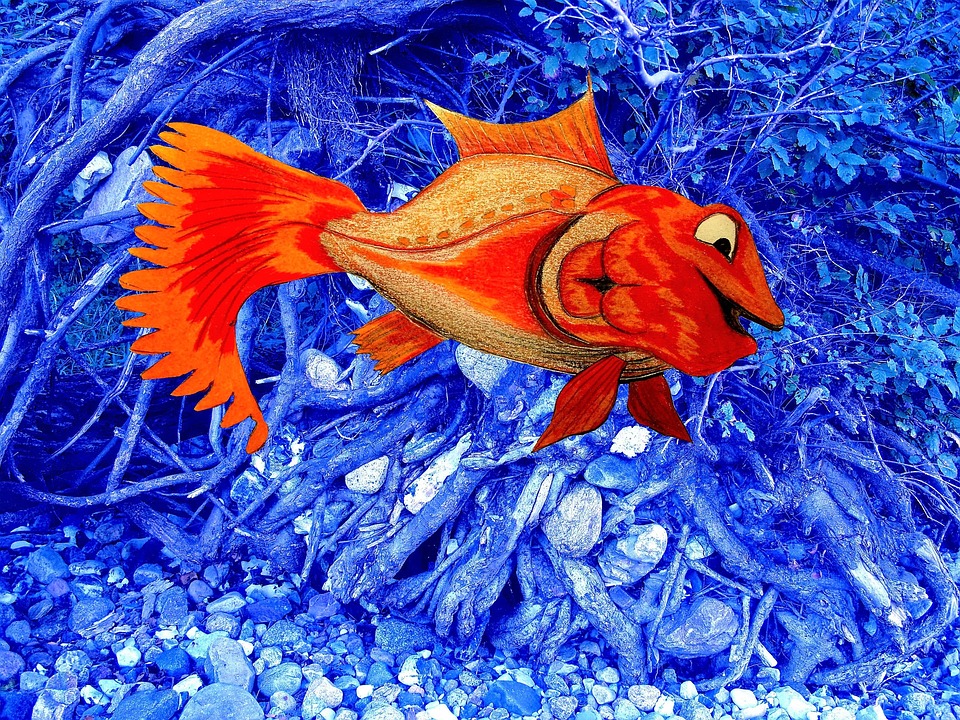Fish behavior is a fascinating subject that offers valuable insights into their health, well-being, and overall happiness. By understanding their instincts, social interactions, and responses to tank environments, we can create a suitable and enriching habitat for our aquatic companions.
One of the most well-known behaviors among fish is schooling. Many species naturally form groups for protection, reducing their risk of predation. In captivity, fish often exhibit this behavior by staying close to one another. Providing suitable tank mates and enough space for schooling species is essential for their well-being.
Fish also have an instinct to hide. In the wild, they have various hiding spots to seek refuge from predators or unfavorable conditions. Replicating these hiding spots with plants, caves, or decorations in a tank environment is vital to create a sense of security for your fish.
Additionally, fish are naturally curious creatures and have an instinct to explore. Providing an enriched tank environment with diverse decorations, plants, and hiding spots encourages fish to engage in their natural exploration behavior. This keeps them mentally stimulated and promotes physical exercise, leading to healthier and happier fish.
Understanding the social dynamics of different fish species is crucial for a harmonious tank environment. Some species, particularly cichlids and territorial species, exhibit aggressive behavior. Recognizing the aggression levels and dominance hierarchies within a specific species or between different species is essential for successful tank management. Providing enough space and suitable tank mates can help minimize aggressive behavior.
On the other hand, certain fish species display cooperative behavior. They work together for various benefits such as hunting, defense, or territory maintenance. Recognizing and facilitating these cooperative behaviors can enhance the well-being of your fish and create interesting dynamics within the tank.
By observing the behavior of fish, we can assess their overall well-being. Healthy fish are typically active, inquisitive, and engage in exploratory behavior. They actively swim around the tank, investigate their surroundings, and show interest in their tank mates. On the other hand, fish that display abnormal behavior patterns, such as constant hiding or swimming erratically, may be experiencing distress or health issues. Promptly addressing these issues is crucial for their well-being.
Some frequently asked questions about fish behavior and their responses to tank environments include whether fish get bored in a tank environment. The answer is yes, fish can get bored if their tank lacks stimulation and enrichment. Providing a varied environment with hiding spots, plants, and interactive toys can help prevent boredom and promote natural behavior.
While fish may not show affection or recognition in the same way as mammals, some species are capable of recognizing their owners through visual and olfactory cues. To reduce aggression in fish, ensuring a properly sized tank, providing suitable hiding spots and territories, and avoiding overstocking are important. Fish may swim near the surface to access oxygen-rich water, seek food, or exhibit territorial behavior. Prolonged surface swimming or gasping for air can indicate poor water conditions or inadequate oxygen levels.
Understanding fish behavior and their responses to tank environments is crucial for providing optimal care and creating a harmonious aquatic habitat. By catering to their instincts, social needs, and natural behaviors, we can ensure the well-being and happiness of our beloved fish companions.









